Everyone has their own preferences when it comes to building with epoxy. You can go for water-based, solvent-free, and UV sensitive; or opt for traditional epoxy resins that have been around for decades. There are a lot of pros and cons to consider when it comes to choosing the best product for your project.
After reading this post, you should tell which is the best option for your project based on a few simple considerations.

Source: Pinterest
Contents
- What is Epoxy Resin?
- Epoxy Resin
- Traditional Epoxy
- When do you use Epoxy Resin?
- When do you use a Traditional Epoxy?
- What are the Advantages of Epoxy Resin?
- What are the Disadvantages of Epoxy Resin?
- What are the Advantages of Traditional Epoxy?
- What are the Disadvantages of Traditional Epoxy?
- When should I use Traditional Epoxy?
What is Epoxy Resin?
Both epoxy resins and traditional epoxies are based on the same chemical formula.
If you want to learn more about epoxy resin you can visit website like this one: epoxyresin.biz
Epoxy Resin
<1% concentration of a 2- chloride (ETA) monomer. ETA is a solid polymer, so it takes a lot of epoxy resin in solution before it begins to melt. For that reason, almost all of the time, when you read about epoxies, you’re reading about ETA resins.
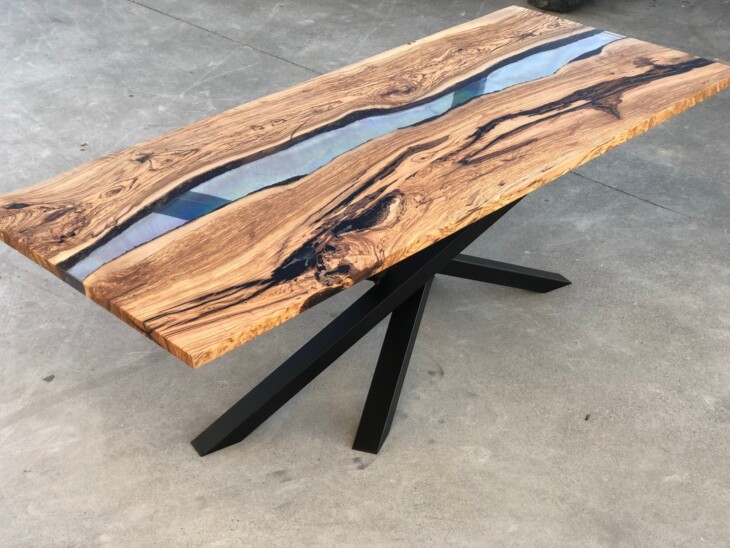
Source: Pamono
Traditional Epoxy
Resins are almost always based on various epoxy mixtures that have been used for many years. In some cases, a resin is made from just one epoxy compound (e.g., phenol-formaldehyde). There are many different epoxy resins choices, and they can be made to any hardness or hardness range in the final product. The main advantage of traditional epoxies is that they are usually cheaper than ETA resins.
When do you use Epoxy Resin?
If you need a strong bond that will last for a long time, then epoxy resin is the best choice. Epoxy resins are strong, permanent, and hard to damage. Epoxy resins are good for repairing things or gluing two pieces of wood together that will be in a high-stress situation (as in the case of flooring glued to subfloor).
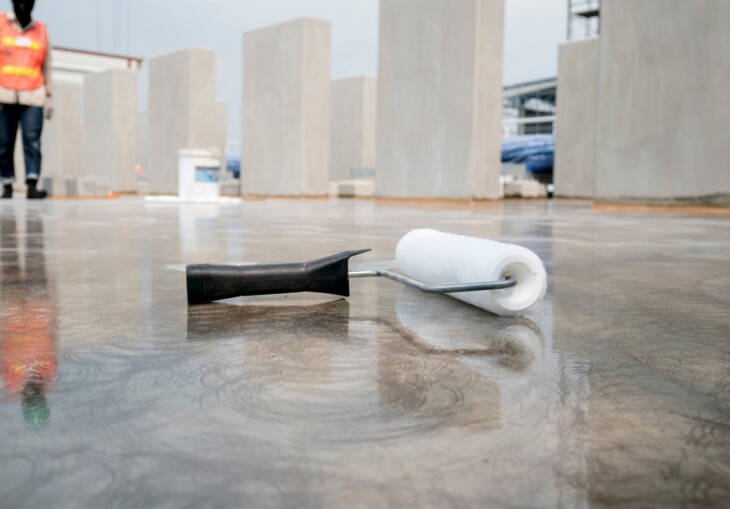
Source: Better Homes and Gardens
When do you use a Traditional Epoxy?
Traditional epoxies are better for low-stress situations when you need something strong, but only for a short time. Wood glue would be one example of this. If you need something that will hold a deck board down to the wood of the deck, you’re not going to want a high-strength epoxy resin. You don’t need it in that situation because if it’s not glued really well, the board can be pulled off and reattached.
What are the Advantages of Epoxy Resin?
- Epoxy resins are solid and permanent.
- Epoxy resins can be heated briefly without breaking down in the process (e.g., heating wood glue to a high temperature and then placing it on a hot surface is one way of popping it). This isn’t possible with traditional epoxies.
- Epoxy resins can withstand greater amounts of a shock than traditional epoxies. This makes them a good choice for wood glue.
- Epoxy resin bonds are usually stronger than traditional epoxies (they don’t break down in the process).
- Epoxy resins come in various colors, so they are easy to match to an existing surface. They can also be tinted easily and cheaply if you want them to stand out more. You can find more about this on www.intoresin.com.
- Epoxy resins are generally easier to mix than traditional epoxies. Traditional epoxies require a significant amount of mixing, and the mixing process can be difficult.
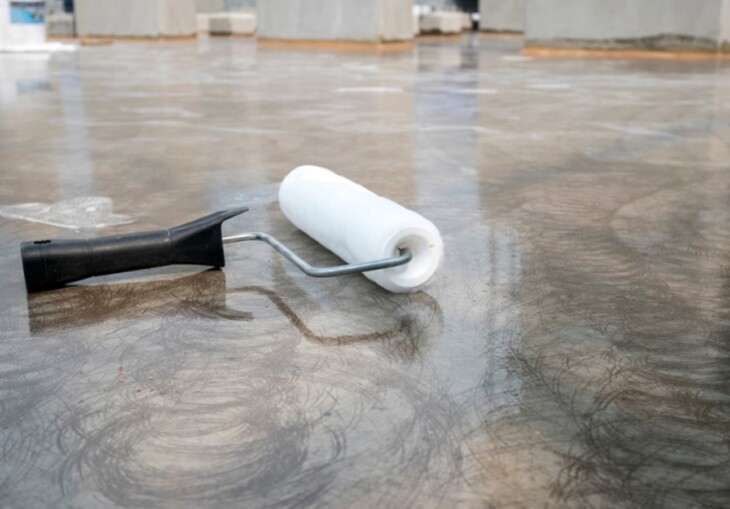
Source: Evan Javier – WordPress.com
What are the Disadvantages of Epoxy Resin?
Curing Epoxy Resins: If you’re looking for a hard bond that will last for a long time, you may have to consider curing your epoxy resin (the process by which it’s fixed).
- You have to wait a long time for the epoxy to cure completely. If you use it too soon, the bond will become soft and start to melt (it’s not strong enough). If you wait too long, it won’t soften at all.
- Epoxy resins have a low working temperature (they don’t melt until well above room temperature). This means that epoxy resin can be brittle even when it’s cured. This makes epoxy resins a poor choice for gluing wood together.
- Epoxy resins are not waterproof when cured.
- Epoxy resins are not easily mixed (from what I’ve been told, it takes a long time for it to mix into solution fully). This is a problem if you use an epoxy resin to glue two pieces of wood together because the epoxy resin will start to melt before you’re finished gluing the pieces together.
- Epoxy resins can produce a large amount of smoke when mixed. This is because the epoxy resin has such a strong melting point that it can’t be heated without melting. The fumes produced from a still curing epoxy resin are quite toxic.
What are the Advantages of Traditional Epoxy?
- They require less mixing than epoxy resins, and they mix much quicker.
- Traditional epoxies are more flexible than epoxy resins.
- Traditional epoxies are less likely to harden in the middle of a processor while you’re gluing something together (because traditional epoxies have a higher working temperature than epoxy resins).
- Traditional epoxies are waterproof when cured (unlike many epoxy resins).
- Traditional epoxies come in many different colors, which allows for unique properties to be added to them, making them more useful and attractive when designing your project.
Traditional epoxy is also, generally speaking, more environmentally friendly. Traditional epoxy has a higher environmental rating than many other types of glues.
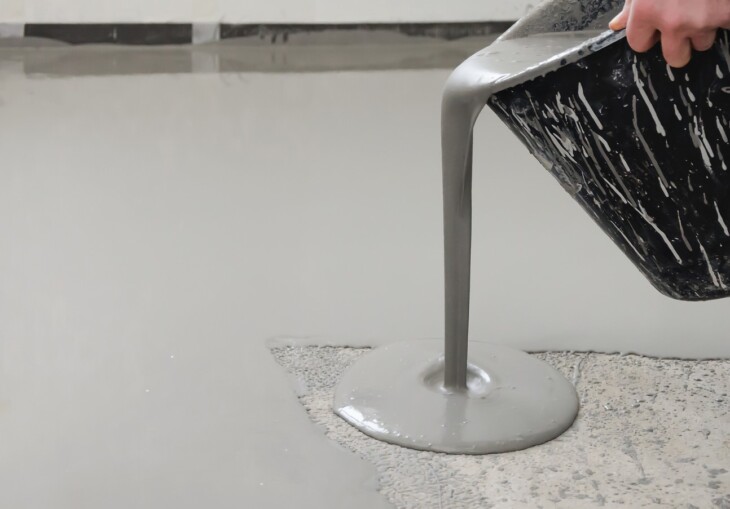
Source: Polycote
What are the Disadvantages of Traditional Epoxy?
- Traditional epoxies have low working temperatures and can be brittle when cured. This makes them a poor choice for gluing wood together (you don’t want to glue two pieces of wood together with old epoxy because it will break).
- Traditional epoxies can be more expensive than epoxy resins.
When should I use Traditional Epoxy?
- Wood to Wood: Traditional epoxies work great, gluing wood to wood. Wood is porous, which means that the glue has to penetrate deep into the wood’s pores to bond the two pieces together. Traditional epoxies can break down at low temperatures and melt into and bind with these pores (this allows for its superior ability for bonding porous materials). However, traditional epoxies can only be used for wood-to-wood bonding. They will not work well for gluing metal to wood (because they don’t have a good enough melting point).
- Metal to Wood: Using traditional epoxy can be hazardous when gluing metal to wood because it has a low working temperature and is brittle when cured. Therefore, it is not considered to be a perfect choice for gluing metal to wood. Metal to wood glues generally isn’t necessary because it is not porous and can usually be glued straight to food without any problems.
- Putting traditional epoxy on your project before you’ve worked through all of the steps and glued everything together is not recommended (I know this seems obvious, but hear me out). It’s important to work through each step and glue everything together before you assemble your project. You’re not going to have any problems with traditional epoxy, but you will probably have many problems working on another project while the traditional epoxy has still solidified. It’s probably best to wait until after all of the steps are complete before applying traditional epoxy.
- I prefer to work with a little bit of liquid epoxy mixed with small amounts of hardener (sometimes sold as old school super glue), mixed at the ratio of about one part hardener for one part liquid epoxy. This mixture has the working temperature and performance characteristics that I’m looking for, without being so viscous that it makes gluing extra difficult.
- When mixing epoxy, it’s important to remember that the ratio needs to be consistent across the board.
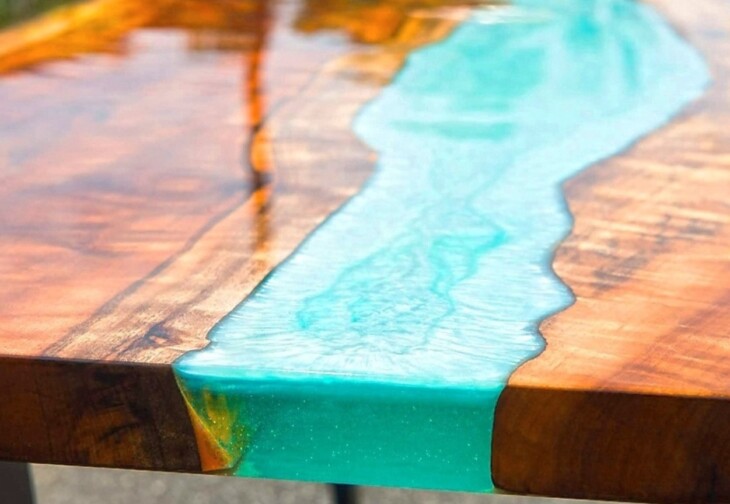
Source: Acrylgiessen.com
Mixing epoxy is a crucial step in the process. The ratio between hardener and resin determines how fast or slow the epoxy cures and its working properties. A good mixture allows for traditional application, while a bad mixture makes it difficult to work with.
